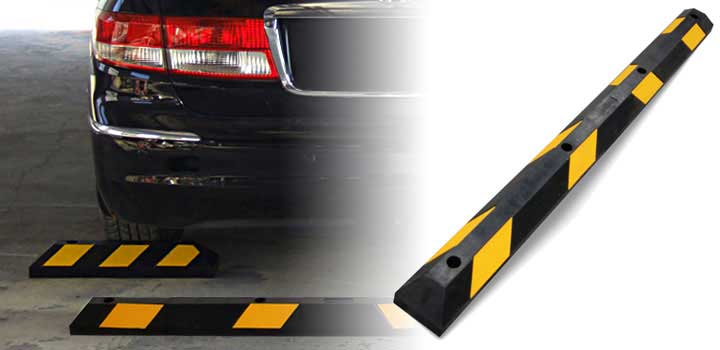Speed bumps, typically made of rubber, are designed to slow down traffic on roads and highways by absorbing some of the energy created by a car’s momentum. Their effectiveness in reducing vehicle speeds, particularly in areas with high pedestrian traffic, has made them a popular traffic calming measure worldwide.
Origins and Usage
The concept of speed bumps originated in the United Kingdom during the 1970s as a means to curtail excessive speeds in residential areas. Since then, they have gained widespread adoption across the globe, often found in school zones, parking lots, and residential streets.
Benefits of Speed Bumps
Speed bumps offer several advantages, including:
-
Reduced Vehicle Speeds: Studies have demonstrated that speed bumps can effectively lower vehicle speeds by up to 50%. This significantly diminishes the risk of accidents, especially in areas with significant pedestrian presence.
-
Enhanced Pedestrian Safety: By reducing vehicular speeds, speed bumps create a safer environment for pedestrians, particularly children, who may be less aware of traffic hazards.
-
Reduced Noise Pollution: Speed bumps can help mitigate noise pollution by discouraging excessive acceleration and deceleration.
Concerns Surrounding Speed Bumps
Despite their benefits, speed bumps also raise some concerns:
-
Vehicle Damage: Excessively high speeds or uneven bumps can cause damage to vehicles, particularly suspension systems and tires. This is particularly problematic for emergency vehicles.
-
Inconvenience for Drivers: Speed bumps can add time to commutes, especially for drivers in a hurry or covering long distances. This can be frustrating and inconvenient.
-
Accessibility Issues: Speed bumps can pose challenges for certain vehicles, such as low-clearance cars or vehicles carrying individuals with mobility impairments.
Balancing Benefits and Drawbacks
Despite these concerns, speed bumps remain a widely used traffic calming measure due to their effectiveness in reducing vehicle speeds. Their relatively low installation costs further contribute to their appeal. However, it’s crucial to carefully consider the specific context and weigh the benefits against the drawbacks before implementing speed bumps in a particular area.
Rubber Speed Bumps: A Resilient Choice
Rubber speed bumps offer several advantages over their asphalt or concrete counterparts:
-
Reduced Impact on Vehicles: Rubber’s elasticity absorbs some of the impact from vehicles, lessening the risk of damage.
-
Noise Reduction: Rubber’s damping properties help further mitigate noise pollution.
-
Flexibility and Durability: Rubber is less susceptible to cracking or breaking under heavy loads or ext
reme temperatures, enhancing its durability.
Conclusion
Speed bumps, particularly rubber speed bumps, can be an effective traffic calming measure to reduce vehicle speeds and enhance pedestrian safety. While concerns about vehicle damage and inconvenience exist, their benefits in areas with high pedestrian traffic often outweigh these drawbacks. It’s essential to carefully assess the specific context and weigh the advantages against the disadvantages before implementing speed bumps.





